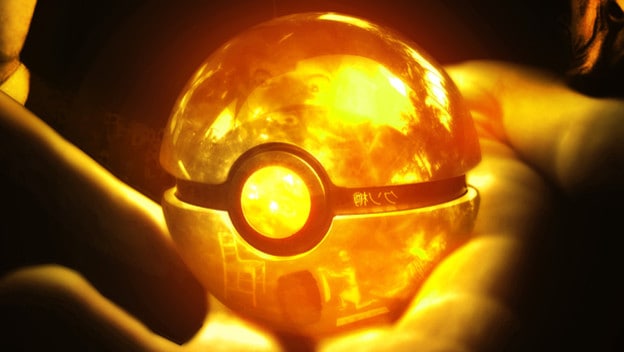Pokemon Go has launched! People everywhere are using their phones to catch virtual Pokemon. It’s getting them to actually leave the house and walk in search of characters, Poke Stops, and gyms. At least, it would if it worked. Despite beta periods and both Niantic and The Pokemon Company knowing that people just might like this Pokemon thing, the launch has been a debacle. Servers aren’t working, regions are being left out, and phone batteries are being murdered.
Let’s start with the server problem, since that’s the issue everyone’s had to deal with. For the first three days of Pokemon Go’ s life, most people have had to deal with one of two screens. It’s either a chipper scene with a cluster of Pokemon gathered at the bottom, informing your servers are experiencing issues and you should try again later or a Gyrados about to chow down on a dude who’s not watching where he’s going. Instead of being able to actually play the game, people were stuck looking at these static images. Why? Because the servers couldn’t handle it. Heaven help you if you used your Google account and had two-step verification on, because then you’d also have to go through logging in and reauthorizing the browser each time the game crashed and burned.
Which is, of course, ridiculous. Niantic ran a Pokemon Go beta. It ran Ingress , a similar GPS-based game. The hype for this app was palpable. Everyone knew they wanted it. The company should have seen that from beta access requests. There’s no excuse for not having servers at their best for the first three days of service. Not when it knew what was coming. And even then, when it saw how things were going when the app rolled out in Australia, New Zealand, and Japan, maybe it should have given things a few days before adding other countries to the mix and making it all even more congested.
But then, not considering every region has led to additional problems. Did you know Europe wasn’t among the countries to get Pokemon Go on July 6? Australia, New Zealand, Japan, and the United States all were. Yet here, a huge presence was ignored. I think we can grudgingly admit Niantic should have gone with a more gradual rollout, perhaps lowering the odds of server issues. But, since the company didn’t, it doesn’t seem fair to cut one of the biggest regions in the world out of the day-one experience everyone else was enjoying. I mean, hell, we were already spending hours staring at the loading and error screen anyway. Room for one more?

Those who did get in noticed another issue. Pokemon Go is a serial killer when it comes to batteries. I could see the number steadily dropping as I played. Niantic even admitted it and is working on a fix. You can turn on a Battery Saver in settings, as well as disable vibrations, sound effects, and music, but it won’t help much. It didn’t help me, anyway. And, as another fun bonus, I noticed the Battery Saver ended up unchecked and my other options lost during one of those random crashes and disconnects during the launch period. Fun!
Pokemon Go hasn’t had the best launch. Which is a shame, because it’s something everyone seems to want to play. Naturally, that isn’t helping anything. But, you have to wonder if Niantic could have done something more to make things better. Maybe offered a longer beta period, so the battery and server issues could have been addressed and headed off. Or worked on a better regional rollout, so major areas weren’t left behind. Something to make what will probably be 2016’s biggest mobile game more accommodating. Make us want to play it, Niantic. Maybe we’ll even give you real money for in-game items, if you do!
